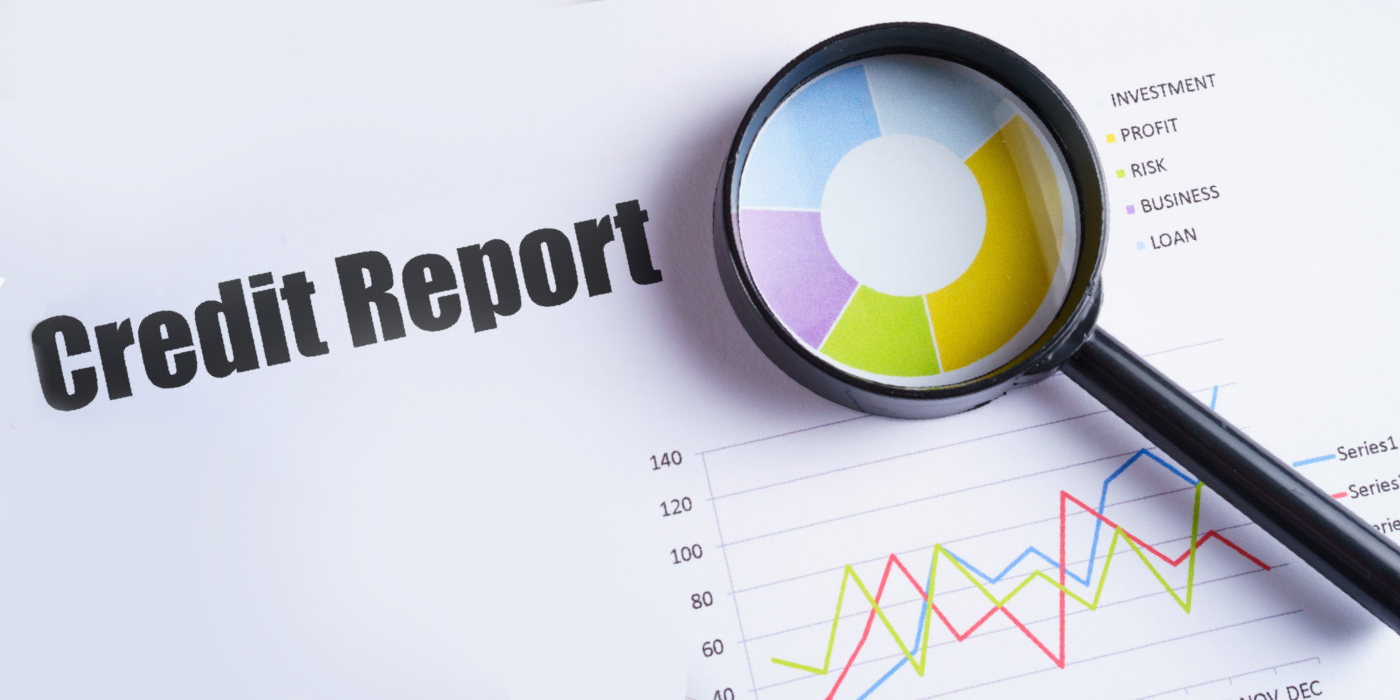by Mitch Jacobs
Founder
On Deck
 As every shop owner knows, both money-making opportunities and unexpected situations present themselves on a regular basis. A deal to buy a new sign for your shop, a chance to buy inventory at a discount or forging ahead with an equipment upgrade are all ways to grow and develop your business.
As every shop owner knows, both money-making opportunities and unexpected situations present themselves on a regular basis. A deal to buy a new sign for your shop, a chance to buy inventory at a discount or forging ahead with an equipment upgrade are all ways to grow and develop your business.
There are also times when your main lift breaks down — with no warning — and business is at a standstill until it can be replaced or fixed. Having cash available is essential to keeping your business moving forward during both types of situations.
However, it can be difficult keeping extra cash on hand to put toward these situations. Many shop owners leave enough to pay a regular cycle of bills, payroll, inventory and rent, while the remainder may become a “dividend” to the household. This is often the reality of running your own business that is the sole means of income for your household. While usually doable, this can leave you in a bind when the unexpected arises.
Knowledge is Power
To make the most of your shop, you should know the different financing options available, which ones make the most sense for your needs and if you’re likely to qualify for them. To start, it’s important to have a firm grasp of both your personal and business credit profiles before finding yourself in need of a loan. You may be unaware that a bank won’t typically make a loan if your personal credit score isn’t above a certain threshold (a ballpark figure of 680).
Below we’ve broken down available financing options based on your qualifications and needs. And, for additional insight, check out On Deck’s website (www.ondeckcapital.com), which has free tools to gain further insight into both your credit profiles and your lending options.
Bank Financing: If your project is a full end-to-end renovation, the opening of an entirely new location or starting a new business, then a traditional long-term loan is your best fit. In addition to assembling the items below, the approval process for a traditional bank loan takes a significant amount of time — anywhere from three to six months.
1. Complete financial records (balance sheet, cash flow/income statements).
2. Business plan and pro forma financial statements.
3. Complete tax forms for household and business dating back two to three years.
4. Very consistent, positive cash flow and other necessary diligence.
5. And, finally, time — long-term loans often take months (and delays often come from getting your hands on the right information).
Examples: Bank Loans, SBA Loans
Short-term Business Loan: Here we mean real loans — not merchant cash advances — that enable you to extend payments over six, nine, 12 or 18 months at total costs that are similar to long-term financing. The benefits are threefold:
1. It’s based on your business performance and not just personal credit;
2. It requires information that’s readily available from your electronic records (bank account, credit card transactions, etc.), and;
3. The term is designed to allow you to spread out the payment, but also have it paid down before your next opportunity surfaces (you don’t want debt stacking up on your business). Short-term business loans are typically less than $100,000, so new locations and major “soup to nuts” renovations won’t fit the bill. These loans can typically be funded in as fast as seven business days.
Example: On Deck
Using Personal Credit or Assets: More often than not, most of your business credit is based on your personal credit. The benefit is that applying for a commercial card or line of credit is easy. However, there are two main drawbacks:
1. If you’ve already drawn on your personal credit, your score may have been impacted (this is not a reflection of you, but rather of the system), and;
2. Loan programs based on personal credit are designed for household use…so, while your project or repair may require $40,000, you might only get $4,000. You could borrow against your home; however, this is a difficult and time-consuming option that poses potential risk to the household.
Examples: Credit Cards, Home Equity, Lending Club, Prosper.
Going forward, always remember that when tackling your next opportunity or emergency, preparation is half the battle. Knowing exactly where you stand credit-wise, as well as what your financing options are, will help your business through its next transition.
Mitch Jacobs is founder of On Deck (www.ondeckcapital.com). Through Jacobs’ work, On Deck is doing what banks have been unable to accomplish for years – effectively evaluating the credit worthiness of small businesses and providing them access to capital. Jacobs received the Ernst & Young Entrepreneur of the Year 2010 Award in the Emerging Business Category for the New York Metro area. Contact On Deck at (888) 269-4246.













